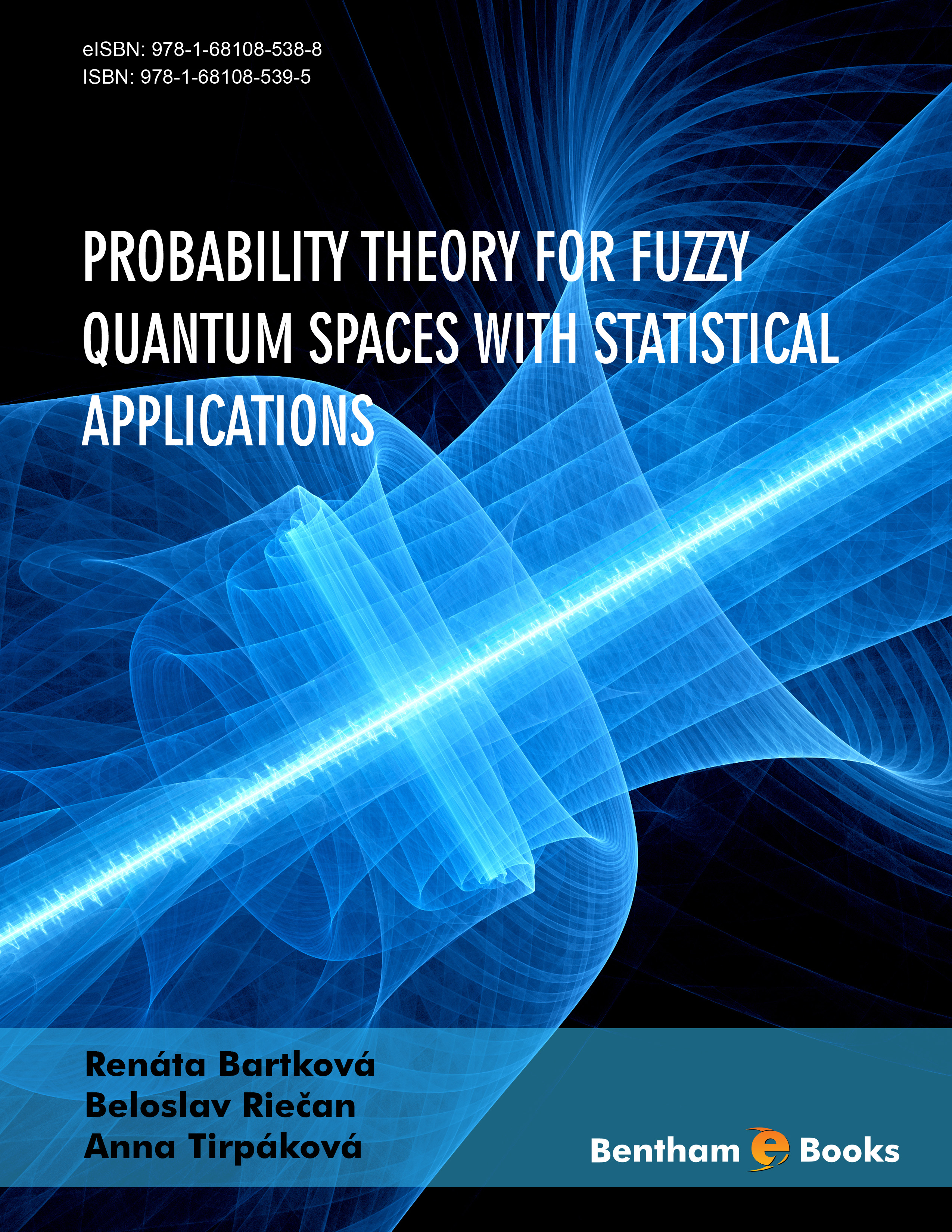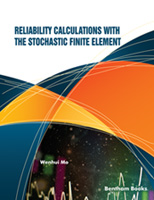Introduction
The reference considers probability theory in two main domains: fuzzy set theory, and quantum models. Readers will learn about the Kolmogorov probability theory and its implications in these two areas.
Other topics covered include intuitionistic fuzzy sets (IF-set) limit theorems, individual ergodic theorem and relevant statistical applications (examples from correlation theory and factor analysis in Atanassov intuitionistic fuzzy sets systems, the individual ergodic theorem and the Poincaré recurrence theorem).
This book is a useful resource for mathematics students and researchers seeking information about fuzzy sets in quantum spaces.





